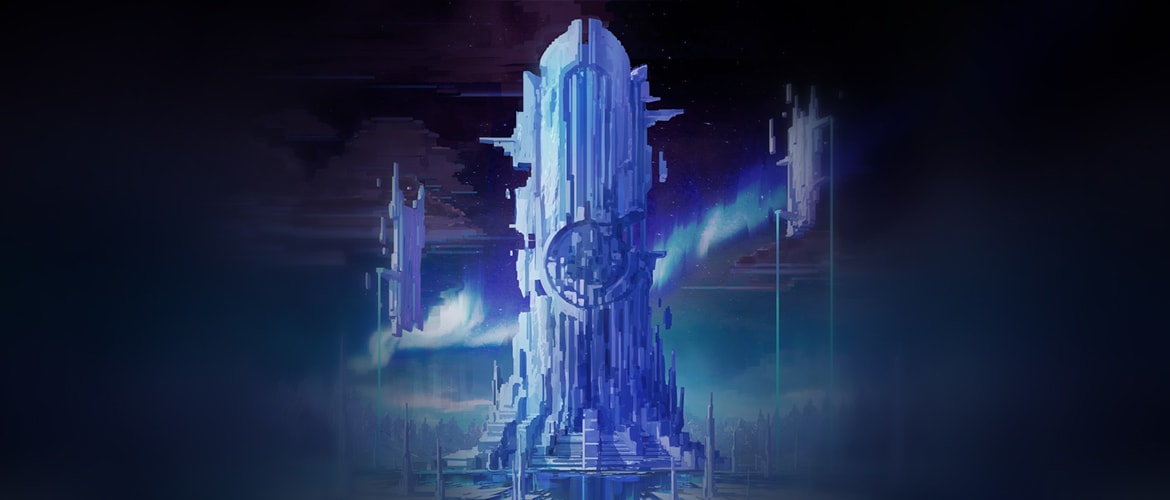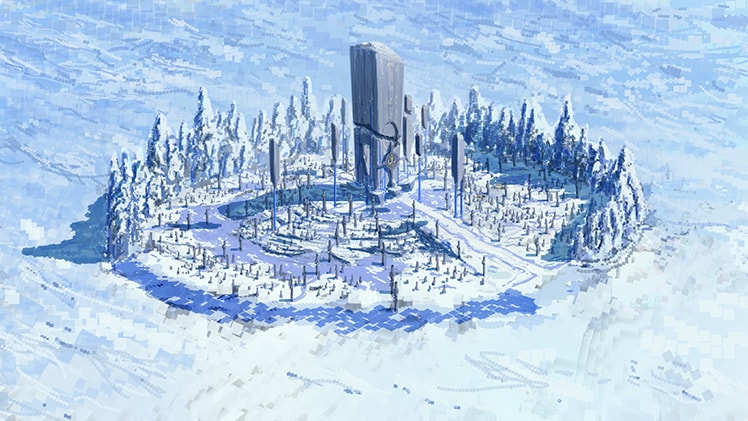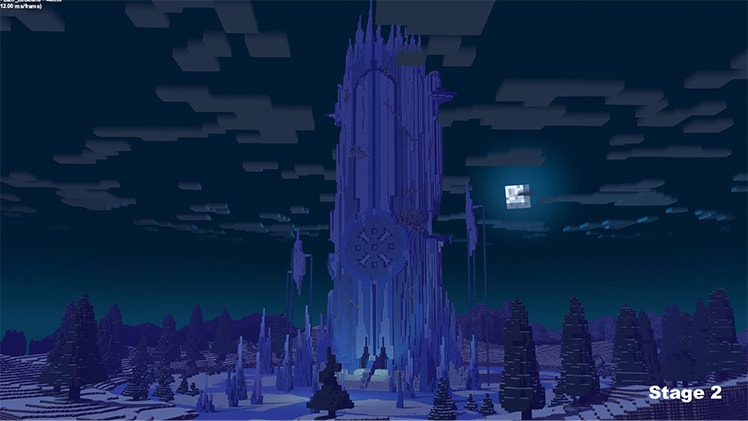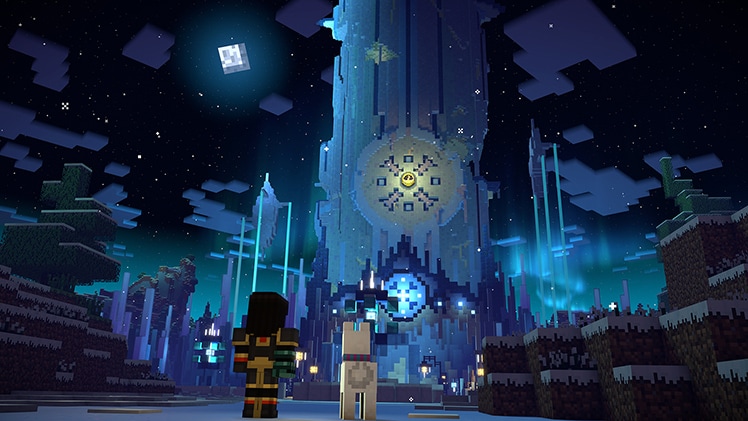If you’ve been playing Telltale’s Minecraft: Story Mode - Season Two (and you totally should be), you’ve probably noticed how similar it looks to the real deal. But did you know nearly everything in Story Mode is created from scratch by Telltale’s talented artists? It’s a lot of work, according to the series’ art direct Mark Hamer.
There’s a huge amount of back and forth as scenes and set-pieces are imagined in the writers’ room, fleshed out in concept, tweaked, approved, built out, tested, reshaped, tested again, tweaked again - and finally make it all the way to the shipped game.
In order to learn a bit more about how it all comes together, we sent Mark some questions about Episode 2’s massive, glimmering arena, referred to internally at Telltale as Wonderland. It’s an elaborate vertical assault course created by the fiendish Admin to put the world’s most talented heroes to the test - and it had to look both imposing and alluring in equal measure. No small feat! Here’s what Mark had to say about designing the tower.













Share this story